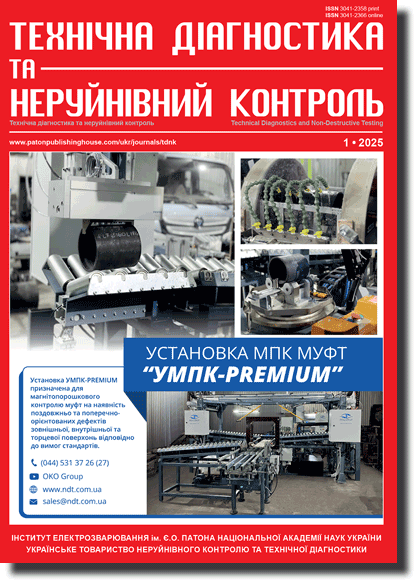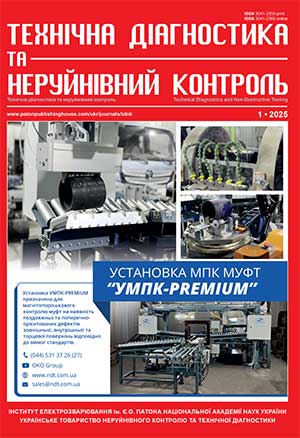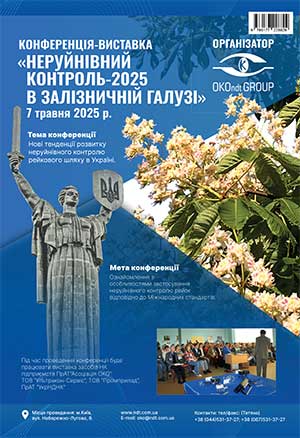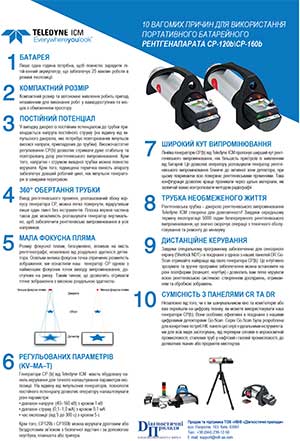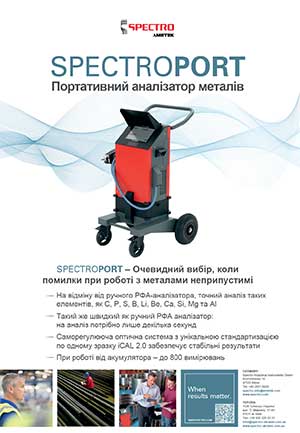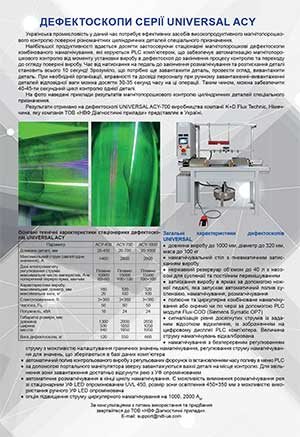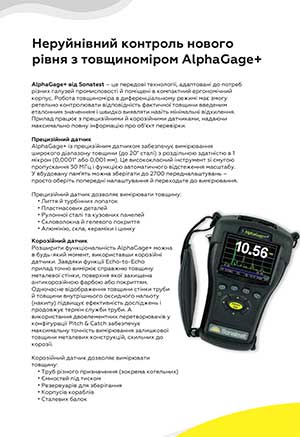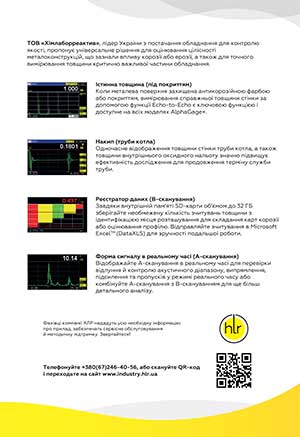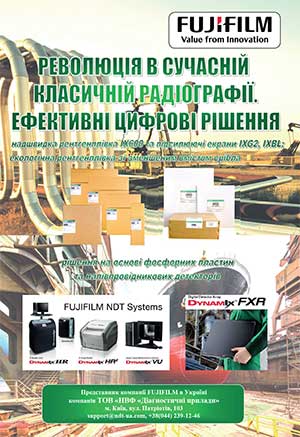Access for download PDF files for subscribers and for reviewers of scientometric bases.
Organization: Elsevier for content access(PDF files of journals released before 2024 are available for download from the website's archives))
Organization: Elsevier for content access(PDF files of journals released before 2024 are available for download from the website's archives))
| 2025 №01 (05) |
DOI of Article 10.37434/tdnk2025.01.06 |
2025 №01 (07) |
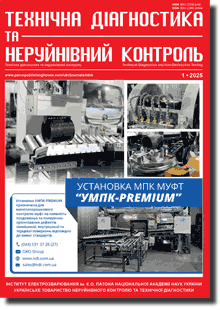
ы"Tekhnichna Diahnostyka ta Neruinivnyi Kontrol" (Technical Diagnostics and Non-Destructive Testing) #1, 2025, pp. 31-36
Development of a simplified process test for the evaluation of cold crack formation in welded joints
L.S. Zakharov, A.R. Havryk
E.O. Paton Electric Welding Institute of the NAS of Ukraine 11 Kazymyr Malevych Str., 03150, Kyiv, Ukraine. E-mail: leza45@gmail.comA new weldability test has been developed that allows us to experimentally determine the critical preheating temperature required to prevent cold cracks in welded joints. The new geometry of the welded block allows combining bending stresses with normal transverse and longitudinal stresses, which increases the rigidity of the test. The design of the proposed test has a lower metal consumption and allows for its repeated use. The weldability of hardenable steels with different degrees of alloying was studied using the new test. The test results are consistent with those obtained in other studies of steel weldability and are recommended for production conditions. 20 Ref., 1 Tabl., 6 Fig.
Keywords: welded joints, cold cracks, welding tests
Received: 01.01.2024
Received in revised form: 04.12.2024
Accepted: 13.01.2025
References
1. North, T.H., Rothwell, A.B., Glover, A.G., Pick, R.J. (1982) Weldability of High Strength Line Pipe Steels. Welding J., 61(8), 243-257.2. Swinden, T., Reeve, L. (1938) Metallurgical Aspects of the Welding of Low Alloy Structural Steels. Trans. Inst. Welding, 1, 7-18.
3. Leder, P.L.J. (1948) Factors Influencing the Weldability of High Tensile Alloy Steels, and a New Weld Cracking Test. Proceedings of the Institution of Mechanical Engineers, 159(1), 173-190. https://doi.org/10.1243/PIME_PROC_1948_159_017_02
4. Kurji, R., Coniglio, N., Griggs, J., Ghomashchi, R. (2017) Modified WIC test: an efficient and effective tool for evaluating pipeline girth weldability. Science and Technology of Welding and Joining, 22(4), 287-299. https://doi.org/10.1080/13621718.2016.1232674
5. Schaupp, T., Schroeder, N., Schroepfer, D., Kannengiesser, T. (2021) Hydrogen-Assisted Cracking in GMA Welding of High-Strength Structural Steel - A New Look into This Issue at Narrow Groove. Metals, 11(6), 904. https://doi.org/10.3390/met11060904
6. Bourgeois, D., Alexandrov, B. (2022) Hydrogen-Assisted Cracking Fracture Analysis using High-Speed Camera and Delayed Hydrogen Cracking Test. J. of Failure Analysis and Prevention, 22, 385-389. https://doi.org/10.1007/s11668-021-01308-2
7. Kannengiesser, T., Boellinghaus, T. (2013) Cold cracking tests - an overview of present technologies and applications. Welding in the World, 57(1), 3-37. https://doi.org/10.1007/s40194-012-0001-7
8. Karthikeyan, J., Varadharajan, R., Pitchaimuthu, K. (2015) Investigation of Hydrogen Assisted Crack in Welding by using Y-Groove Test. International j. of engineering research and technology, 4(10), IJERTV4IS100187. https://doi.org/10.17577/IJERTV4IS100187
9. Kasuya, T., Hashiba, Y., Inoue, H., Nose, T., Ito, K., Enoki, M. (2012) Cold cracking susceptibility of austenitic and martensitic weld metals. Welding in the World, 56(9), 76-84. https://doi.org/10.1007/BF03321383
10. Zenitani, S., Hayakawa, N., Yamamoto, J., Hiraoka, K., Morikage, Y., Kubo, T., Amano, K. (2007) Development of new low transformation temperature welding consumable to prevent cold cracking in high strength steel welds. Science and Technology of Welding and Joining, 12(6), 516-522. https://doi.org/10.1179/174329307X213675
11. Kurji, R., Coniglio, N. (2015) Towards the establishment of weldability test standards for hydrogen-assisted cold cracking. The International J. of Advanced Manufacturing Technology, 77(9-12), 1581-1597. https://doi.org/10.1007/s00170-014-6555-3
12. Makarov, E.L. (1981) Cold cracks in welding of alloyed steels. Moscow, Mashinostroenie [in Russian].
13. Masubuchi, K., Ich, N.T. (1970) Computer analysis of degree of constraint of practical butt joints. Welding J., 49(4), 166.
14. Lausch, T., Kannengiesser, T., Schmitz-Niederau, M. (2013) Multi-axial load analysis of thick-walled component welds made of 13CrMoV9-10. J. of materials processing technology, 213(7), 1234-1240. https://doi.org/10.1016/j.jmatprotec.2013.01.008
15. Schroepfer, D., Kromm, A., Kannengiesser, T. (2017) Optimization of welding loads with narrow groove and application of modified spray arc process. Welding in the World, 61, 1077-1087. https://doi.org/10.1007/s40194-017-0484-3
16. Ueda, Y., Nishimura, I., Iiyama, H., Chiba, N. (1977) Effects of intensity of bending restraint on lamellar tearing and root cracking in corner joint. J. of the Japan welding society, 46(7), 408-415. https://doi.org/10.2207/qjjws1943.46.7_408
17. Sun, J., Hensel, J., Nitschke-Pagel, T., Dilger, K. (2019) Influence of restraint conditions on welding residual stresses in H-type cracking test specimens. Materials, 12(17), 2700. https://doi.org/10.3390/ma12172700
18. EN ISO 17642-2:2005 Destructive tests on welds in metallic materials Cold cracking tests for weldments Arc welding processes Part 2: Self-restraint tests (ISO 17642-2:2005)
19. Chakraborty, G., Rejeesh, R., Ramana, O.V., Albert, S.K. (2020) Evaluation of hydrogen-assisted cracking susceptibility in modified 9cr-1mo steel welds. Welding in the World, 64, 115-122. https://doi.org/10.1007/s40194-019-00812-2
20. Albert, S.K., Ramasubbu, V., Sundar Raj, S.I., Bhaduri, A.A. (2011) Hydrogen-assisted cracking susceptibility of modified 9Cr-1 Mo steel and its weld metal. Welding in the World, 55, 66-74. https://doi.org/10.1007/BF03321309
Advertising in this issue:
To order the electronic version of the paper:
L.S. Zakharov, A.R. HavrykDevelopment of a simplified process test for the evaluation of cold crack formation in welded joints
Technical Diagnostics and Non-Destructive Testing №01 2025 p.31-36
The cost of article (pdf): 13 $, 12 €, 150 UAH (1 copy. )
fill in the form below:
The cost of subscription/purchase order journals or individual articles
| Journal/Currency | Annual Set | 1 issue printed |
1 issue |
one article |
| TPWJ/USD | 384 $ | 32 $ | 26 $ | 13 $ |
| TPWJ/EUR | 348 € | 29 € | 24 € | 12 € |
| TPWJ/UAH | 7200 UAH | 600 UAH | 600 UAH | 280 UAH |
| AS/UAH | 1800 UAH | 300 UAH | 300 UAH | 150 UAH |
| AS/USD | 192 $ | 32 $ | 26 $ | 13 $ |
| AS/EUR | 180 € | 30 € | 25 € | 12 € |
| SEM/UAH | 1200 UAH | 300 UAH | 300 UAH | 150 UAH |
| SEM/USD | 128 $ | 32 $ | 26 $ | 13 $ |
| SEM/EUR | 120 € | 30 € | 25 € | 12 € |
| TDNK/UAH | 1200 UAH | 300 UAH | 300 UAH | 150 UAH |
| TDNK/USD | 128 $ | 32 $ | 26 $ | 13 $ |
| TDNK/EUR | 120 € | 30 € | 25 € | 15 € |
AS = «Automatic Welding» - 6 issues per year;
TPWJ = «PATON WELDING JOURNAL» - 12 issues per year;
SEM = «Electrometallurgy Today» - 4 issues per year;
TDNK = «Technical Diagnostics and Non-Destructive Testing» - 4 issues per year.





